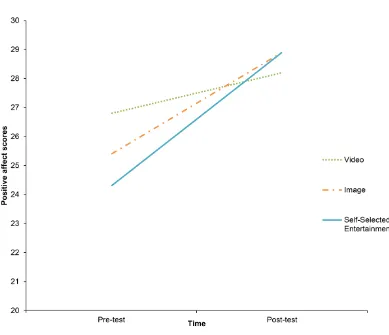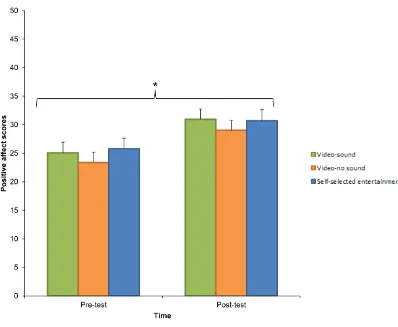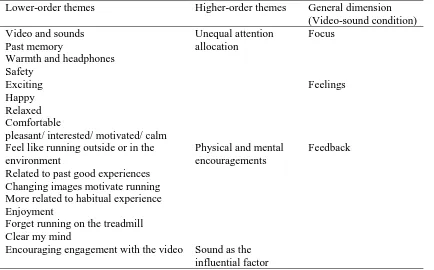Physical, psychological and emotional effects of nature based affordances of green physical activity
Full text
Figure




Related documents
The current article has been done to evaluate the organisational commitment of male & female employees and married & single employees working in banks.. A sample of
The current work RVU for minimally invasive SIJF appeared low to study authors, motivating a comparison of intraoperative work intensity and pre- and postoperative labor times
They observed the zygoma (cheekbone) to be the most common and frequent site of bony injury affecting the face. Approximately 10% of the maxillofacial fractures were
In figure 3 we see the reaction constant k of the reaction between glutathione and CDNB for different pHs, plotted against the fraction of deprotonated GSH present at each pH..
Abbreviations: AC – anther culture; AP/100A – albino plantlets per 100 anthers; AP/100ELS – albino plantlets per 100 embryo-like structures; AP/100RP – albino plantlets per
Maaskant, “Numerical study of a dual-polarized Focal Plane Array (FPA) with Vivaldi elements placed in the vicinity of a large feed box using the parallelized FDTD code GEMS,” in
Intrinsically disordered proteins (IDPs) and regions (IDRs) lack a well-defined and folded three-dimensional structure in the absence and/or presence of a binding partner.. Disorder
Diverse plant species (a total of 70 species in 2011) including herbaceous species, tree species such as Salix spp., and a wetland moss species (S. palustre) with mosaic forms





